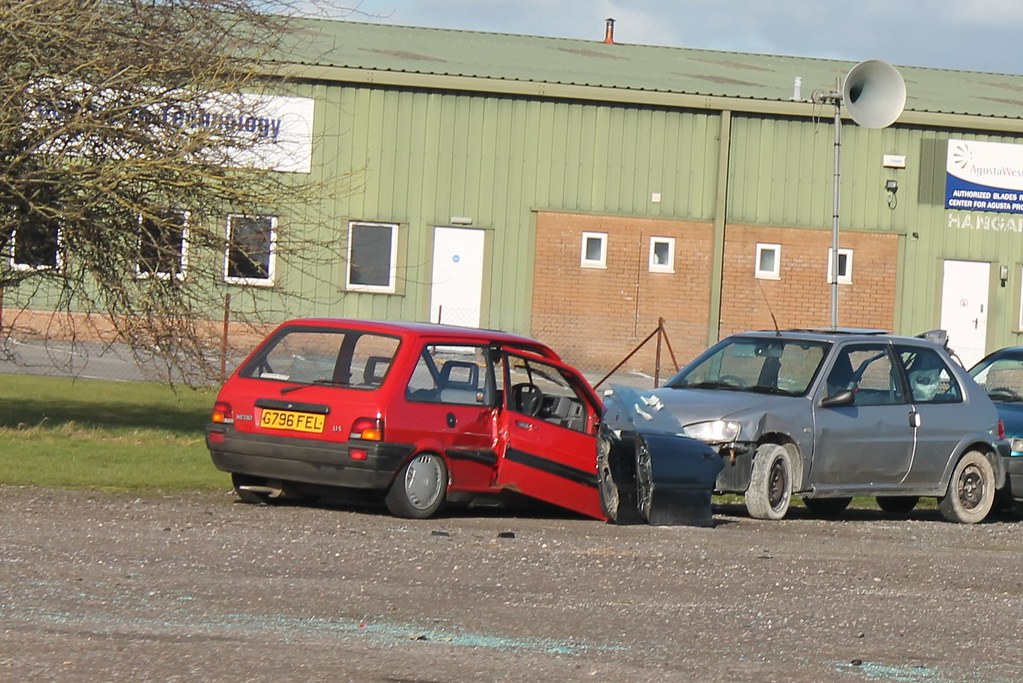Understanding Liability in Car Accidents
Determining responsibility in car accidents can be a challenging matter. “Liability” means being legally accountable for the damages caused by the accident. Determining liability can be complicated and involves considering various factors, such as local regulations, insurance coverage, and the specific details of the incident. The effective way to determine liability in car accidents can significantly impact how the situation is handled correctly.
Two primary parties could be liable in such cases: the driver and the car owner. Each has distinct responsibilities and potential legal obligations depending on the situation.
The complexities arise when the relationship between the driver and the owner and the exact events leading up to the accident are taken into account. This guide aims to help you unravel these complexities by providing essential information and practical advice.
Key Takeaways
- Understanding the difference between driver and owner liability in car accidents is essential.
- Factors that influence liability include state laws and insurance policies.
- How to protect yourself in the event of an accident.
Legal Perspectives on Owner and Driver Liability
Liability in car accidents can depend on various factors, including the circumstances of the accident, the relationship between the driver and the owner, and local legislation. It’s important to understand that liability laws vary between states, so knowing the specific rules in your state is essential.
- Owner Liability: If an owner allows an unfit or unqualified person to drive their vehicle, they can be held liable. For instance, if a car owner knows the driver is under the influence or does not possess a valid license, the owner might bear responsibility for any resulting accidents. This responsibility is based on the owner’s duty to ensure that their vehicle is not used negligently or unlawfully.
- Driver Liability: On the other hand, the driver is usually liable if the accident results from their direct actions, such as reckless driving, ignoring traffic signals, or speeding. Demonstrating that the driver was responsible can significantly influence the outcome of legal and insurance processes. In cases of particularly egregious actions, the driver could also face criminal charges and civil liabilities.
State Laws Affecting Liability
Each state in the U.S. has its own set of laws that govern liability in car accidents. For example, some states operate under “no-fault” insurance laws, which can influence how liability is determined and who pays for damages.
With no-fault laws, each driver’s insurance must pay for their damages, regardless of fault. In the meantime, some states employ a tort system in which the guilty party’s insurance is obligated to pay for the losses.
Understanding these laws, which are unique to each state, is essential for identifying who is responsible and being aware of what you are entitled to and required to do. In states with no-fault laws, there are usually defined thresholds for accident severity that must be met to file a claim against the other driver. Knowing these limits can assist you in navigating the legal terrain with more efficiency and guarantee you execute the appropriate actions after an accident.
How to Protect Yourself
Taking preventive measures can help protect you from liability. These measures include ensuring anyone who drives your car is adequately insured and has a valid driver’s license. Additionally, it’s wise to regularly check your vehicle’s condition to avoid accidents caused by mechanical failure.
Keeping your car well-maintained ensures your safety and reduces the risk of being held liable for accidents resulting from vehicle defects.
Seeking advice from a legal professional can offer valuable perspectives and assist in maneuvering through the intricacies of liability in your particular circumstances. Legal experts can provide guidance:
- Advice on structuring your insurance policies.
- Actions to take after an accident.
- Ways to reduce potential liabilities.
Additionally, consider investing in higher coverage limits or additional insurance options, such as uninsured motorist coverage, to provide extra protection.
Steps to Take After an Accident
In the unfortunate event of an accident, there are several steps you should take to protect yourself legally and financially:
- Ensure everyone’s safety and check for injuries: Your priority should be all parties’ well-being. Assess the situation and provide necessary assistance to anyone injured. If needed, call emergency services for medical help.
- Contact the police to file an official report: An official police report is essential for insurance claims and legal processes. Offer precise and thorough details to the authorities present at the location.
- Exchange information with the other party involved: Gather the names, contact information, insurance details, and license plate numbers of every individual included in the crash. This data will be crucial for handling insurance claims and possible legal proceedings.
- Take photographs of the accident scene and any damages: Documenting the scene with pictures can provide essential evidence for insurance claims and legal disputes. Ensure you capture multiple angles, including vehicle damage, road conditions, and visible injuries.
- Notify your insurance company and provide them with the necessary details. Report the accident to your insurance company as soon as possible. Please provide them with all relevant details, including the police report number, information about the other parties involved, and any photographic evidence you have collected.
- Consider consulting a legal professional to understand your rights and obligations: Legal professionals can guide you in handling the aftermath of an accident, including dealing with insurance claims, identifying potential liabilities, and navigating any legal proceedings.
These steps can help you handle the situation appropriately and minimize legal and financial risks. Being ready and knowing what to do after an accident can significantly impact the result.

